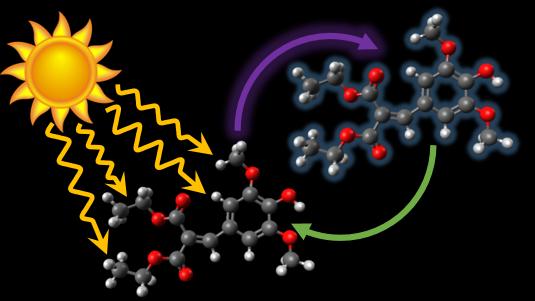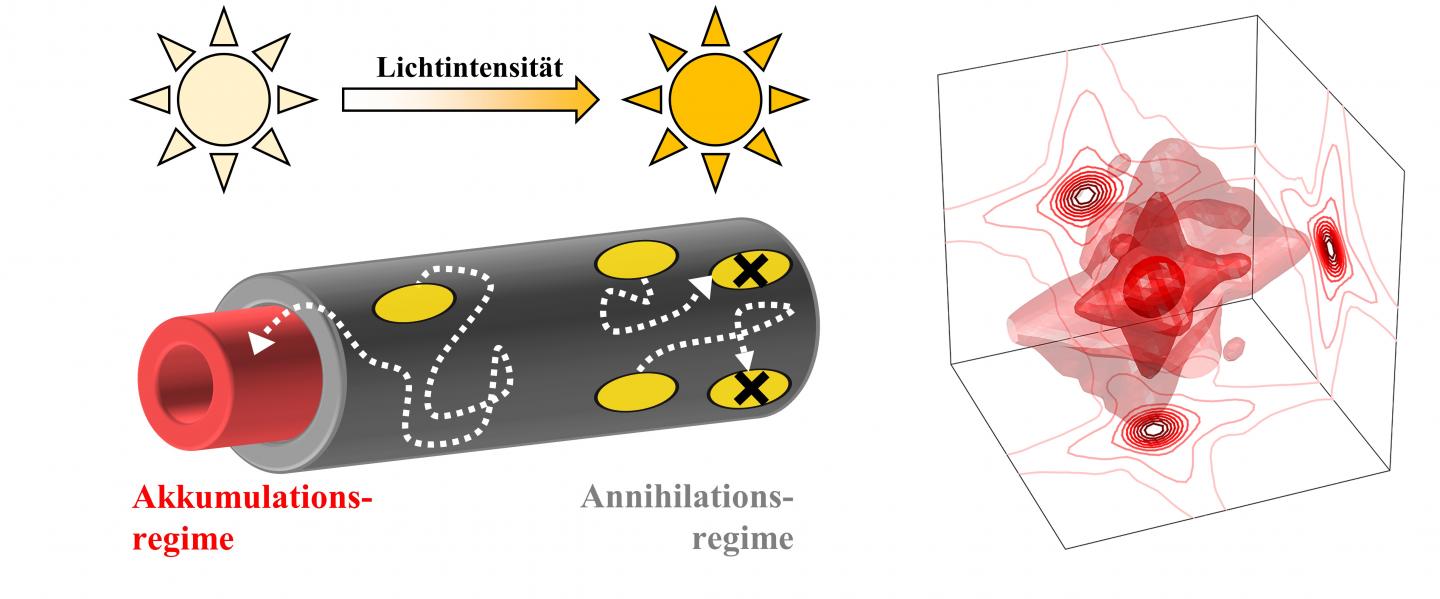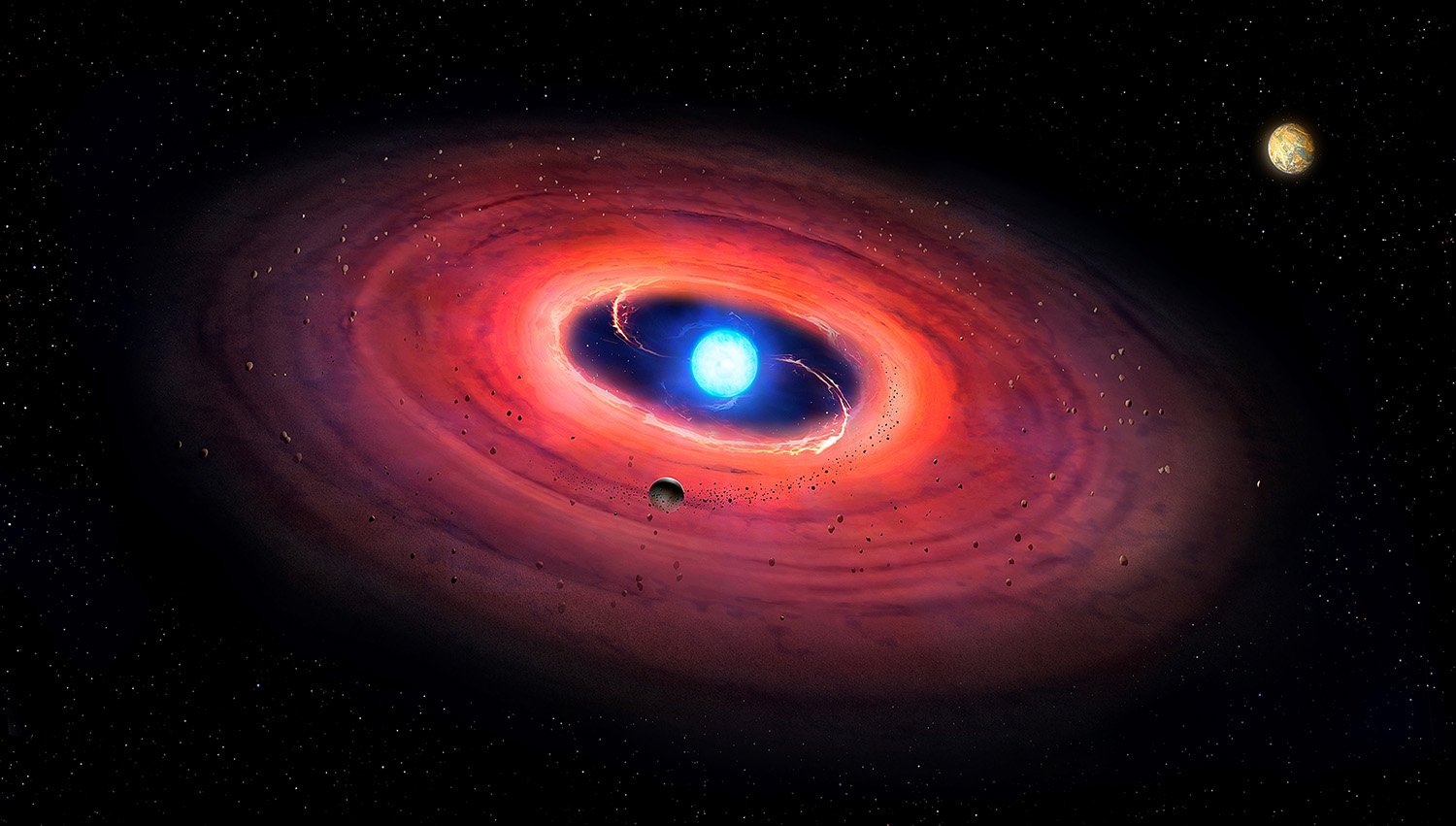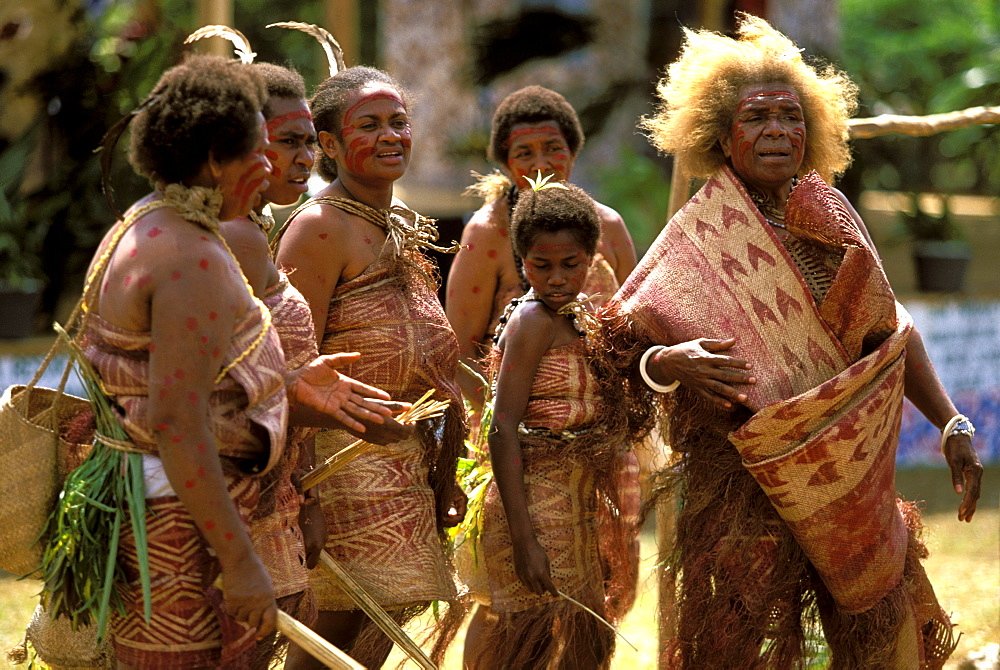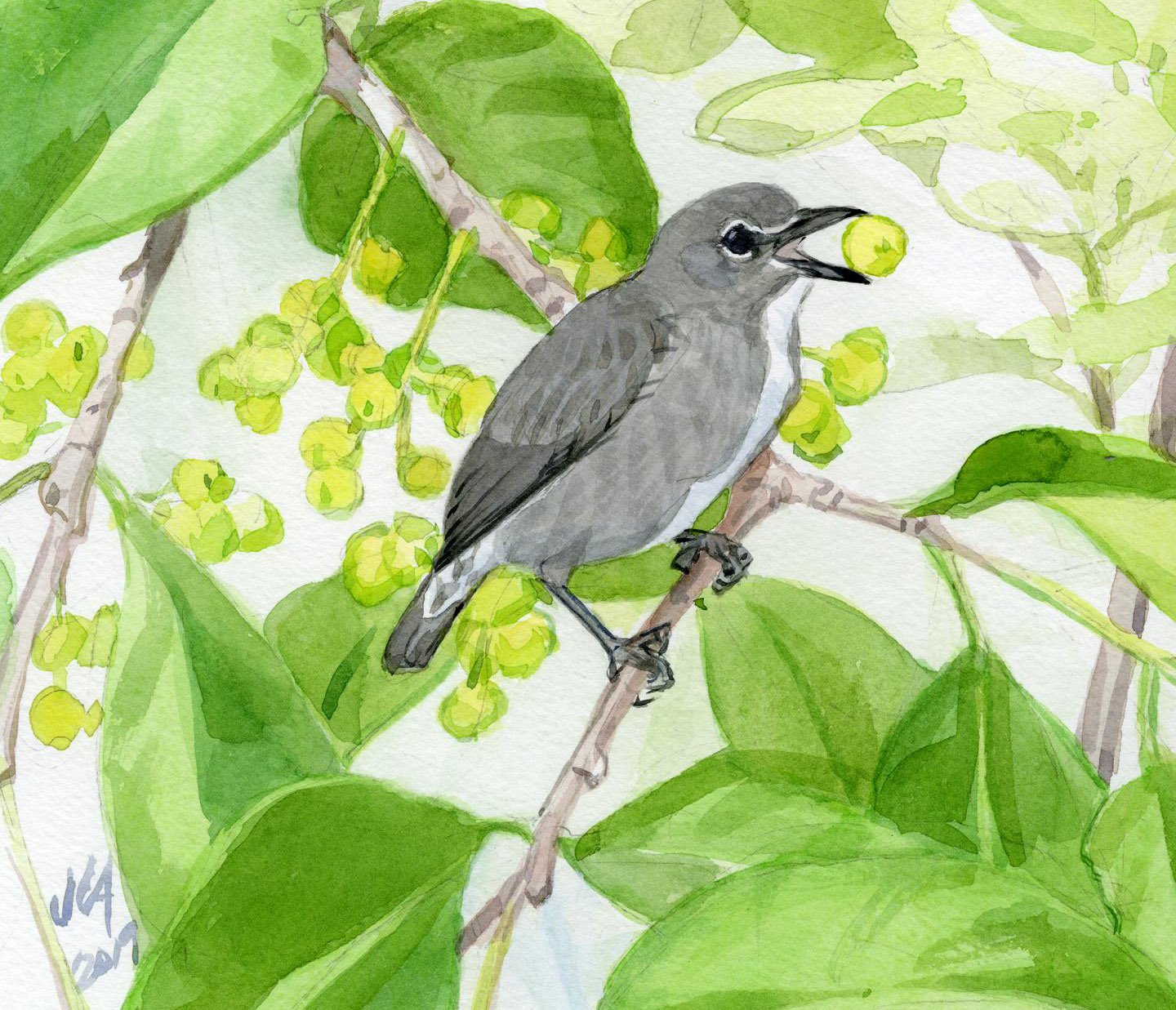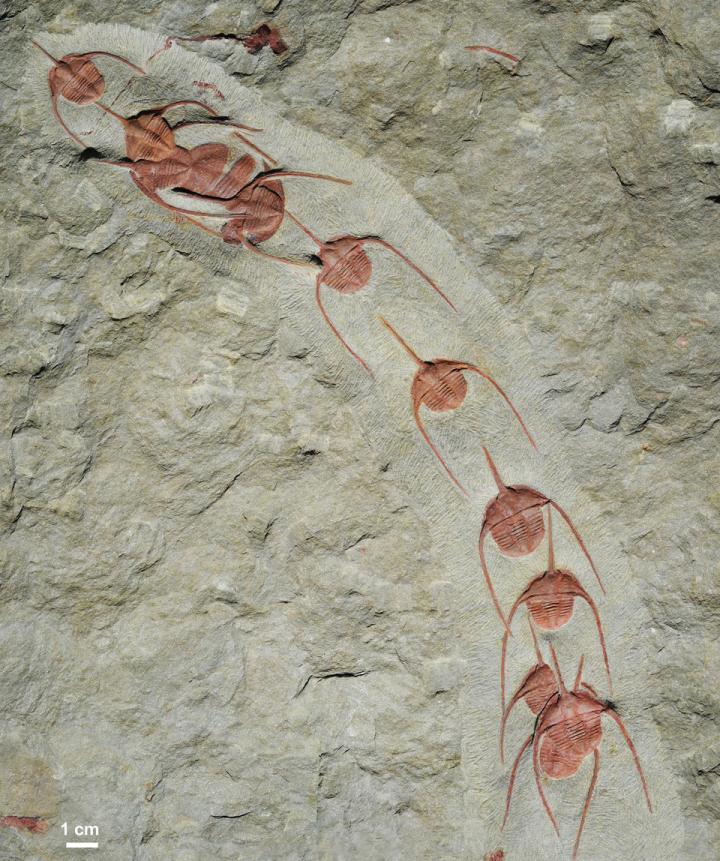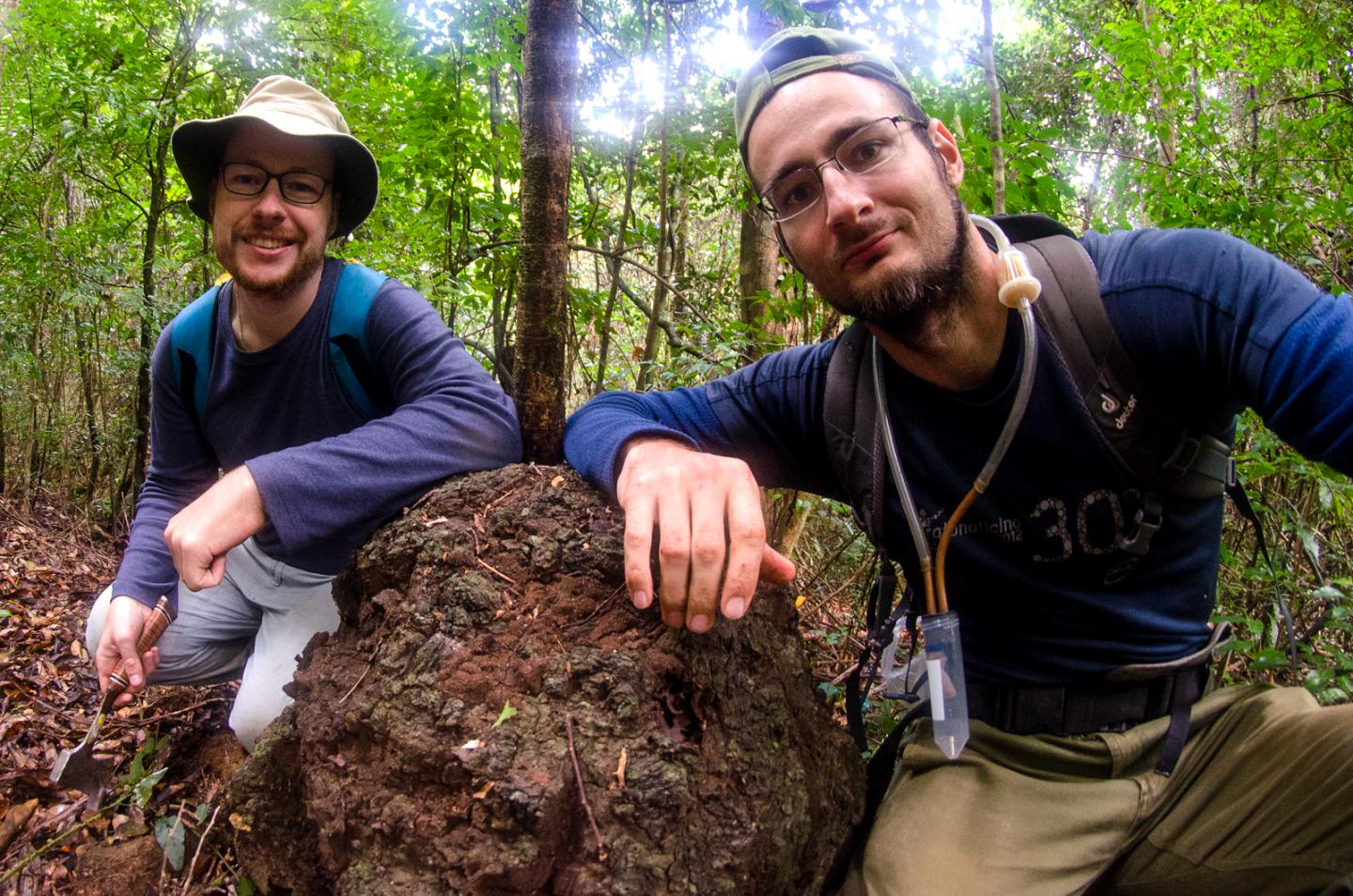‘Flamenco dancing’ molecule could lead to better-protecting sunscreen
A molecule that protects plants from overexposure to harmful sunlight thanks to its flamenco-style twist could form the basis for a new longer-lasting sunscreen, chemists at the University of Warwick have found, in collaboration with colleagues in France and Spain. Research on the green molecule by the scientists has revealed that it absorbs ultraviolet light … Read more
